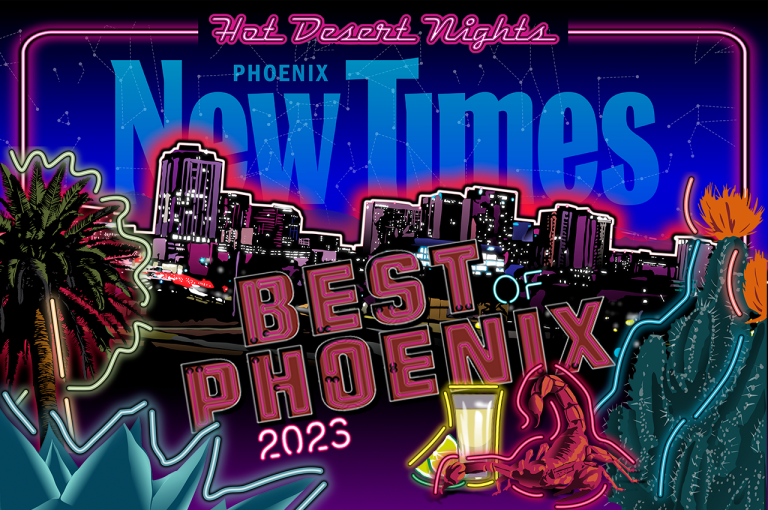Norton v. Schweikert
Share Best Defamation Suit We’d Like to See the Discovery On
Comic books, peach emojis, insinuations about a rival’s sexuality? Hey, it’s all par for the course for your average vicious Arizona Republican primary. It’s also part of a lawsuit filed by GOPer Elijah Norton against U.S. Rep. David Schweikert, who bested Norton by about 10,000 votes in the 2022 Republican primary for the 1st Congressional District. As you would expect, the Norton campaign made much of Schweikert’s being sanctioned by the U.S. House with an official reprimand in 2020 over the misuse of his office’s funds and campaign finance violations. The lawmaker admitted to 11 allegations and agreed to pay a $50,000 fine. In 2022, the Federal Election Commission fined him $125,000 over similar accusations. All this and more was detailed in a comic book published by Norton’s campaign. For its part, Schweikert’s campaign put out mailers featuring a photo of Norton, his arms around another man, with the header “Elijah Norton Isn’t Being Straight With You.” There were also road signs featuring the photo, stating “Elijah Norton, unfit for Congress.” (A peach emoji was apparently used by Schweikert loyalists online to imply … something.) Schweikert’s pulled this sort of smear in other campaigns, but this time, Norton wants him to pay. Norton hired bulldog attorney Dennis Wilenchik and filed a defamation suit, asking for $300,000 in damages, saying the smear is false and has caused emotional distress. The suit was still ongoing as Best of Phoenix went to press. If it continues, we’d love to see the discovery, especially Schweikert’s deposition, because the Congressman has a lot of explaining to do.

